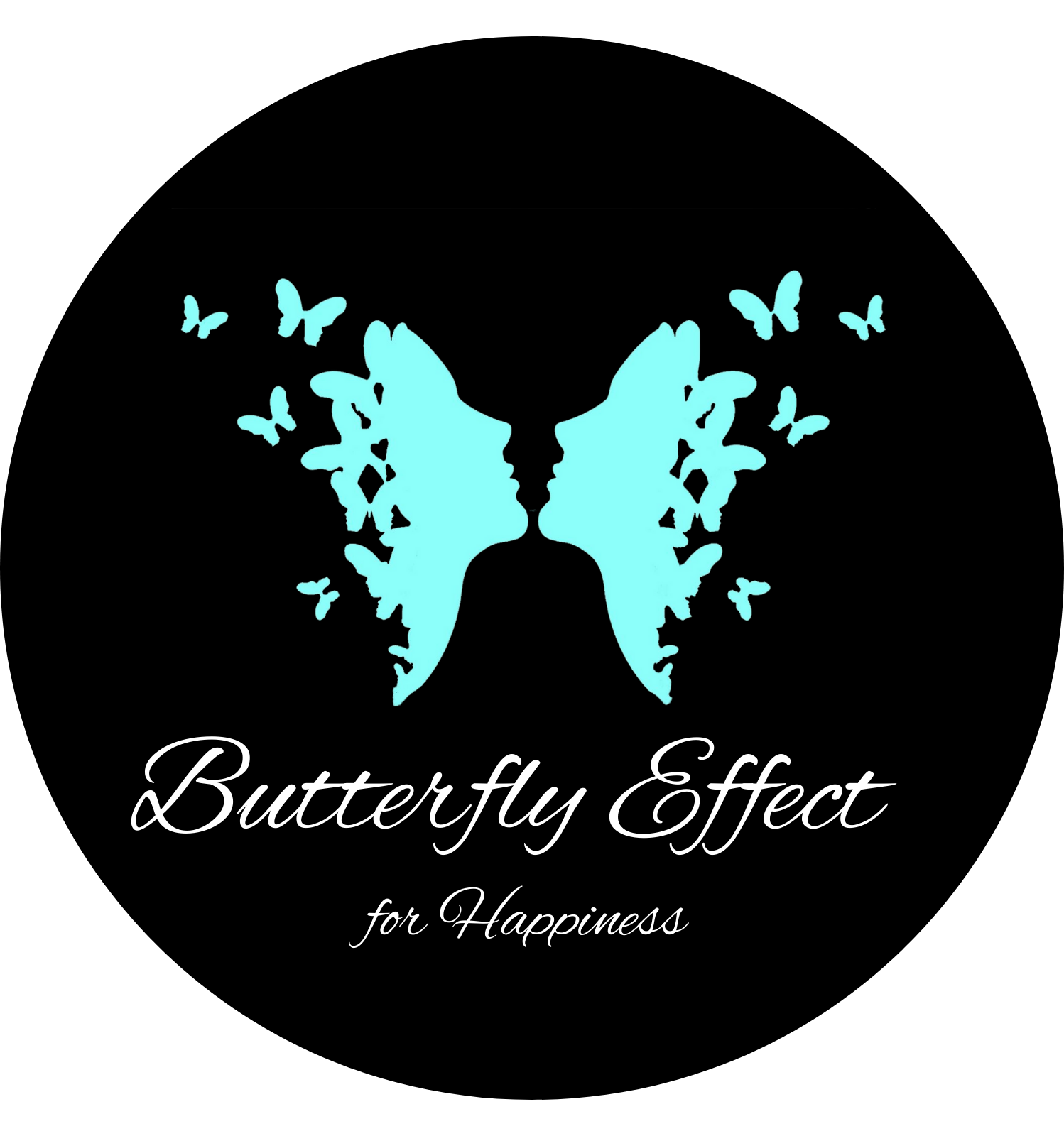
Dear readers,
Let’s delve into the intricate realm of boundaries. What exactly are they? How do they manifest in our lives? And most importantly, how can we set and maintain them?
First and foremost, let’s clarify the concept of boundaries. They are the invisible barriers we establish to delineate our personal space, emotions, and interactions with others. Boundaries influence how we allow others to treat us, dictate our behaviours in various relationships, and determine the level of respect we demand and receive.
Many of us, me included, have experienced the perils of being a “Yes person” – always ready to please others at the expense of our own well-being. This tendency often stems from a deep-rooted fear of abandonment or a desire to maintain harmony in relationships. However, bending over backward to accommodate others without regard for our own needs only leads to resentment, exhaustion, and a loss of self.
So, how do we recognize if our boundaries are too flexible? Here are some telltale signs:
– Saying “Yes” when we really mean “No.”
– Overextending ourselves until we become physically or emotionally depleted.
– Feeling constant anger or resentment towards those we’ve over-accommodated.
– Resorting to passive-aggressive behaviour due to an inability to assert our needs.
– Acting as the perpetual caregiver without receiving reciprocal support.
– Struggling with guilt, anxiety, or a diminished sense of self-worth.
– Feeling disrespected or undervalued in our relationships.
If any of these resonate with you, it’s time to reassess and redefine your boundaries. But where do we begin?
I urge you not to wait for a wake-up call like illness or burnout, as I did. Instead, start by raising your awareness of your boundary habits. Reflect on each indicator mentioned above and identify areas where you may be compromising your well-being. Then, take proactive steps to make positive changes.
Here are some strategies to help you set healthier boundaries:
1. **Pause and Reflect:** Before committing to any request, take a moment to consider your own needs and limitations.
2. **Practice Saying No:** Experiment with different ways of declining offers or requests without feeling guilty or obligated to explain yourself.
3. **Journaling:** Explore your underlying motivations and fears surrounding boundary-setting to gain clarity and insight.
4. **Visualize the Outcome:** Imagine the best and worst-case scenarios of asserting your boundaries to alleviate fears and build confidence.
5. **Role-Playing:** Rehearse boundary-setting scenarios to become more comfortable and assertive in real-life situations.
Remember, setting boundaries is a skill that requires practice and patience. Initially, it may feel uncomfortable or unfamiliar, especially if you’re accustomed to prioritizing others’ needs over your own. However, by reclaiming your time, energy, and self-worth, you empower yourself to cultivate healthier, more fulfilling relationships.
Moreover, by modelling boundary-setting behaviour,
we not only demonstrate self-respect but also teach our children invaluable lessons in self-care and assertiveness. As parents, guardians, or role models, we have the power to shape their understanding of healthy boundaries and relationships.
In conclusion, let us embark on this journey of boundary exploration with compassion, understanding, and a commitment to self-improvement. By choosing to prioritize our well-being and set clear boundaries, we pave the way for greater fulfillment, resilience, and harmonious connections in our lives.
Thank you for tuning in, and until next time, remember: Your boundaries matter, and it’s never too late to start honouring them.
With love and mountains of encouragement,
Lisa
@be-withlisa.com.au
